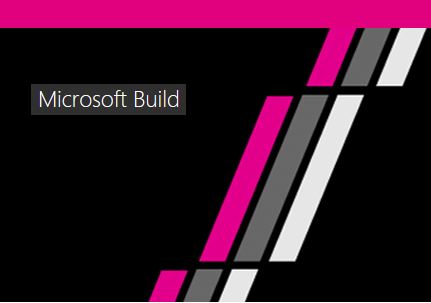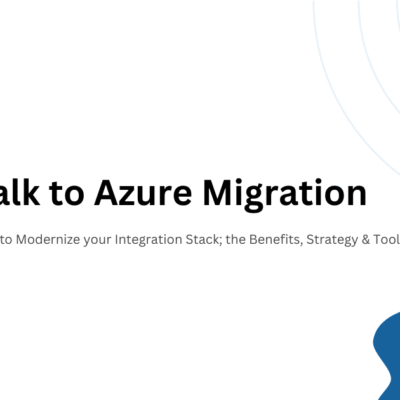Microsoft Build 2018 sessions on Enterprise Integration


Microsoft’s 2018 Build conference was on May 7th and 8th. There were lots of great sessions session around Enterprise Integration and Business Application Platform. These sessions had great demo using Azure integration services like
· Logic Apps
· Service Bus
· API Management
· Azure Function
· Microsoft Flow
We also had a great session to show how Microsoft’s Devices Supply Chain Engineering team have replaced their on-premise B2B integration platform with multiple Azure components all working together to create a fully cloud native scalable messaging infrastructure. To build this Serverless supply chain system they used multiple azure services – API Management, Functions, API Apps, Service Bus, Event Hubs, Key Vault, Application Insights, Log Analytics and Azure Active Directory.
Here is a compiled list of sessions available to watch on channel 9.
Azure Messaging and event based architecture in the real world: Lessons learned rebuilding Microsoft’s Supply chain on Azure Serverless https://channel9.msdn.com/Events/Build/2018/BRK2110
Be an integration superhero with Azure and build API-enabled and connected enterprises https://channel9.msdn.com/Events/Build/2018/BRK2113
What’s new for Serverless Computing in Azure https://channel9.msdn.com/Events/Build/2018/BRK2137
Serverless in Supply Chain https://www.microsoft.com/itshowcase/blog/build-serverless-in-supply-chain/
Zero to hero API development with API Management & Logic Apps https://channel9.msdn.com/Events/Build/2018/THR2022
Azure Service Bus and Logic Apps for messaging and process automation https://channel9.msdn.com/Events/Build/2018/THR2015
Automating business processes and approvals with Microsoft Flow https://channel9.msdn.com/Events/Build/2018/BRK2302
Extending DevOps with serverless Logic Apps https://channel9.msdn.com/Events/Build/2018/THR2045
Developing custom connectors for Microsoft Flow and PowerApps https://channel9.msdn.com/Events/Build/2018/BRK3405
Accelerate your SaaS App development using the power of the Business Application Platform https://channel9.msdn.com/Events/Build/2018/BRK3411
Extending PowerApps and the Common Data Service for Apps with custom controls and server side logic https://channel9.msdn.com/Events/Build/2018/BRK3403
Deep dive into building apps on Common Data Service for Apps https://channel9.msdn.com/Events/Build/2018/BRK3404
Advanced app building with PowerApps expressions and rules https://channel9.msdn.com/Events/Build/2018/BRK3408
PowerApps + Microsoft Graph https://channel9.msdn.com/Events/Build/2018/THR2425
Real-World Solutions with PowerApps: ALM via Microsoft Flow & PowerShell https://channel9.msdn.com/Events/Build/2018/THR2304
Real-World Solutions with PowerApps: Building Composite Controls https://channel9.msdn.com/Events/Build/2018/THR3402
Real-World Solutions with PowerApps: Performance and optimization tips when building apps https://channel9.msdn.com/Events/Build/2018/THR3401
Real-World Solutions with PowerApps: Tips & tricks to manage your app complexity https://channel9.msdn.com/Events/Build/2018/THR3403


